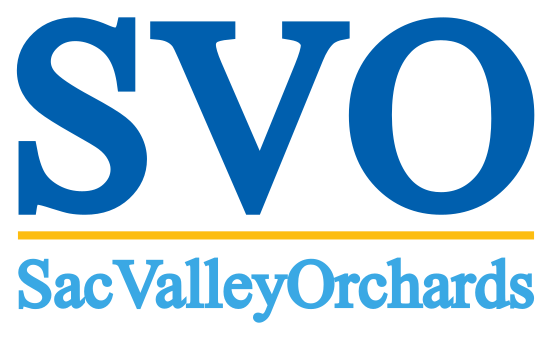Franz Niederholzer, UCCE Farm Advisor, Colusa and Sutter/Yuba Counties
Sustainable net return to grower is the measure of success in farming. Because profit margins shrink with increasing costs, small income increases (that don’t impact overall orchard health) can have major benefits to an operation’s bottom line. This was the point of the recent article by Domena Agyeman (newly arrived UCCE Area Ag Economist) regarding the 5% approach to farm management. (To see the newsletter issue containing that article click HERE. As the harvest approaches, growers have a good opportunity to use the 5% plan to increase profitability without increasing costs. On the surface it’s simple: don’t harvest too early and run a sizer.
When is too early to harvest? Before fruit has reached 4 lbs fruit pressure. Fruit receive sugar from leaves up to fruit maturity (4 pounds internal pressure). Higher sugar in the fruit means lower dry away ratio. (See table for an example of how lowering dry away improves grower income.) After maturity, fruit lose water, increasing percent soluble solids and so continuing to improve dry away and return to grower. Harvesting too early often means fruit contains lower sugar concentration and, therefore, higher dry aways after drying. This costs the grower money.
*******************************************************************************
An example of the impact of dry away ratio on grower income per acre given a set quantity of fruit is delivered and dried. Assume $175/green ton drying costs and $2000/dry ton crop value.

*Example calculation: at 3.0 dry away, total income per acre is $7000 ($2000/dry ton x 3.5 dry tons/acre = $7000). Total drying costs are $1837.5 (10.5 green tons/acre x $175/green ton=$1837.5). Subtract drying cost from income to give “Gross Crop Income” = $5162. (The final value is rounded up to the next highest whole dollar.)
*******************************************************************************
When is the best time to start harvesting? In my opinion, the best timing for harvest is when orchard average fruit pressure is at 3 pounds. At this average pressure, all the fruit should be below 4 pounds and so fully mature. Using 3 pounds pressure as the “go” trigger, and the average pressure drop of one pound per week, a grower should have a two-week window to harvest the crop between optimum maturity and super soft fruit (<1 pound pressure) with potential quality issues such as darkened flesh and gas pockets. [At the very earliest, harvest should start when the average fruit pressure is 4 pounds.]
Small fruit has little value to the grower and often has low sugar, making it even less valuable as drying costs are higher for small, low sugar fruit. Undersized fruit is even worse—you are charged for drying but receive no payment for it. Eliminate small and undersized fruit from bins by carefully sizing at harvest. This means running fruit over an appropriately sized chain (1-1.25”) at a belt speed slow enough to keep fruit at a single layer on the sizing chain. If the fruit isn’t sitting on the chain, but resting on other fruit, it can’t be sized, and small fruit can end up in the bin.
To maximize income in tough economic times, harvest timing and operation should be carefully reviewed. There may be a significant cost (lost income) if harvest starts too early and equipment is run too fast. Growers should consider reviewing their harvest operations, especially start timing and equipment settings, and make an “eyes wide open” decision regarding when harvest begins and how it is done.


Leave a Reply